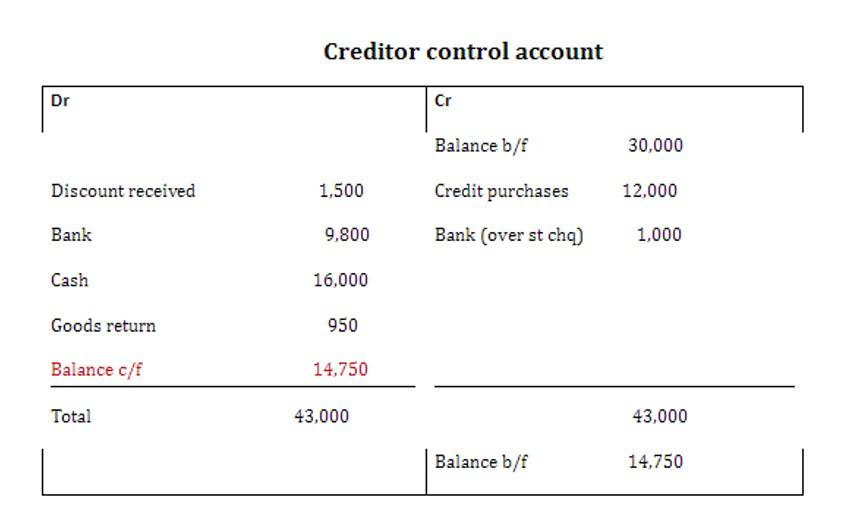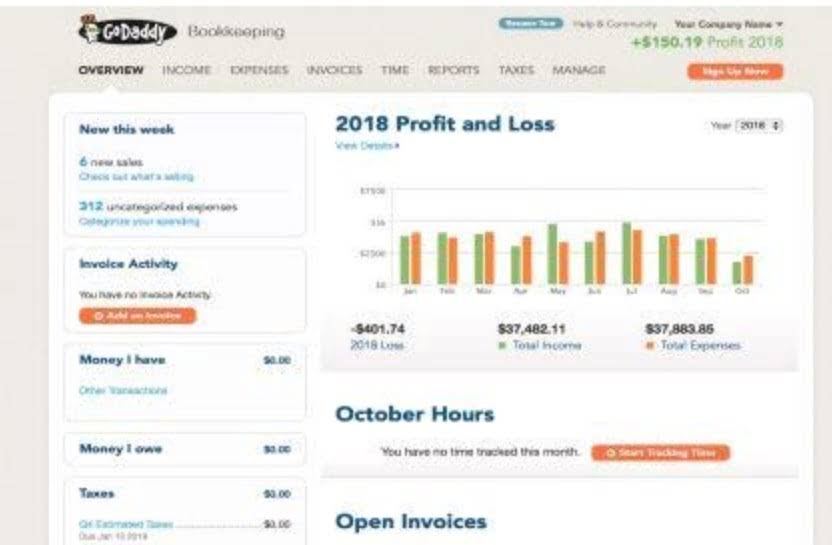
With LIFO, the inventory purchased in Batch 3 and then Batch 2 are assumed to have sold first, while Batch 1 still remains on hand. A number of tax reform proposals have argued for the repeal of LIFO tax provision. The ”Save LIFO Coalition” argues in favor of the retention of LIFO. Dynamic Inventory allows you concentrate on the most important administrative aspects of your business by overseeing your inventory using our inventory management system. We help eliminate tedious excel worksheets for inventory management and irksome continuous FIFOs and LIFOs calculations.

LIFO is helpful for companies looking to keep their costs down. But it’s not a natural way to track inventory, and it works against the way many people envision products moving through their business.
Economic Order Quantity Formula: What Is It And How To Calculate It
An online fifo and lifo calculator is considered the First In First Out and Last In First Out ending inventory methods to calculate the inventory cost. Remember that ending inventory is a crucial component in the calculation of the cost of goods sold. And, you can easily calculate ending inventory by using multiple valuation methods including, fifo, lifo, and weighted-average cost.

”You can change the order of this equation to solve for the ending inventory,” Ng said. When the periodic inventory system is used, the Inventory account is not updated and purchases of merchandise are recorded in the general ledger account Purchases. One of these being that although you may be paying less tax, you will also have to record a lower profit. Also, the fluctuation of prices means that keeping on top of your inventory value and all the layers can be complicated. – Due to the inventory layers in the LIFO system, this method can make record-keeping confusing. This is because the flow of inventory means old layers and stock can stay in the system for a long time. When looking at FIFO vs LIFO accounting, there are many differences between the two.
What Is Fifo?
FIFO, LIFO, and weighted average are concepts that apply to businesses who carryinventory, like manufacturers and retailers. The footnotes to 2007 financial statements contain the following. FIFOLIFOINVENTORY PARAMETERSGoods are sold in the order they are added to inventory. Ending inventory is made up of items purchased most recently.Goods are sold in reverse order to their addition to inventory. Ending inventory is made up of items purchased first.IDEAL FORPerishable goods.Nonperishable goods.FINANCIAL REPORTINGCompatible with both GAAP and IFRS.GAAP only.COMPLEXITYLess complex. These layers are based on the assumption that January purchases—the first items to be added to inventory—and the beginning inventory are the only goods remaining in inventory. You started the year with 2,000 widgets in inventory, and purchased an additional 2,000 widgets each month from January 1 through March 31st .
When investors are considering where to put their money, the inventory valuation method each company uses can have a significant effect on their decision. The company made inventory purchases each month for Q1 for a total of 3,000 units. However, the company already had 1,000 units of older inventory that was purchased at $8 each for an $8,000 valuation. In other words, the beginning inventory was 4,000 units for the period.
Fifo And Lifo Accounting
– If the price of products is going up, your old stock will make a bigger profit. However, it means that you will also be buying the stock at a raised price. That means you could end up with a loss if you aren’t selling straight away. – The cycle of buying and selling stock makes the FIFO accounting method a much easier way to keep on top of things. These acronyms may sound like a couple of kid’s TV characters, but actually, they’re great ways of calculating the unit costs of goods that have been sold.

However, several months later, that asset has increased in price to $35. When the company calculates its profits, it would use the most recent price of $35. In tax statements, it would then appear as if the company made a profit of only $15. By using LIFO, a company would appear to be making less money than it actually did and, therefore, have to report less in taxes. Due to the fluctuations of the economy and the risk that the cost of producing goods will rise over time, businesses using FIFO are considered more profitable – at least on paper. For example, a grocery store purchases milk at regular intervals to stock its shelves. As customers purchase milk, the stockers push the oldest product to the front of the fridge and replace newer milk behind those cartons.
How To Calculate Fifo & Lifo
The method of looking at the last units purchased is still the same, but under the perpetual system, we can only consider the units that are on hand on the date of the sale. The weighted average approach, as its name implies, takes an average of the costs throughout the period. If half of your inventory cost you $30 to make and the How to Calculate LIFO and FIFO other half cost you $35, the weighted average approach would use $32.50 to calculate both the COGS and ending inventory calculations. By using the LIFO method of Inventory, Costing companies are able to increase their cost of goods sold, which results in lower Net income and consequently, lower taxes in an inflationary period.
Another benefit of FIFO is that you’re able to track and regulate quality and offset the risk of high holding costs for storing dead stock. To understand further how LIFO is calculated despite real inventory activity, let’s dive into a few more examples. As per LIFO, the business dispatches 25 units from Batch 3 to the customer. In this article, we break down what the LIFO method entails, how it works, and its use cases. Jordan operates an online furniture company that holds luxury furniture inventory in a large warehouse. Based on the example above, you have 300 (100+200) shirts, which you paid $5,000 for in total ($100 x 10 + $200 x $20).
The last-in-first-out inventory valuation method assumes that the most recently purchased or manufactured items are sold first – so the exact opposite of the FIFO method. When the prices of goods increase, Cost of Goods Sold in the LIFO method is relatively higher and ending inventory balance is relatively lower.
- You will notice that in the ninth month, we only calculated 4000 cartons because not the whole 5,500 cartons made were sold.
- The remaining inventory assets match the assets most recently purchased or manufactured.
- The average cost method produces results that fall somewhere between FIFO and LIFO.
- Businesses usually sell off the oldest items left in the inventory as they might become obsolete if not sold further.
- However, the higher net income means the company would have a higher tax liability.
- You purchased an additional 200 widgets each month from January 1 through March 31st, for a total of 600 additional blocks of cheese.
Here you simply take a mathematic average of the cost of all the items you have purchased and then extend it by the ending inventory. Also recall that the cost of goods available for sale represents the beginning inventory and all purchases made during the applicable time period. First, recall cost of goods sold impacts the income statement as to the amount of profit generated. If Brian’s Plant Shop uses FIFO, it will calculate its COGS based on the price of the plants purchased in January. Its valuations will not include the plants purchased in March since it didn’t sell those goods yet. In simple terms, LIFO valuation method reduces taxes and even assists match revenue with cost.
In What Cases Is Lifo Used?
Here, we had 1,000 total items available which cost a total of $12,000. The compromise and most logical at times is the average cost computation. In January, Brian’s Plant Shop purchases 100 small palm trees for $25 each and 50 rose bushes for $15 each. In March, it purchases 25 more palm trees for $30 per tree and 125 more rose bushes for $20 per bush. It sells 50 roses and 25 palms during the first quarter of the year, totaling 75 plants. Traders refer to Rule 2-43b as the FIFO rule of inventory management. Here we are going to mention an example of a company to elaborate on the cost of goods sold using and FIFO and LIFO methods.
- The IRS permits you to use the FIFO method or LIFO method – FIFO and LIFO.
- Hearst Newspapers participates in various affiliate marketing programs, which means we may get paid commissions on editorially chosen products purchased through our links to retailer sites.
- When looking at FIFO vs LIFO accounting, there are many differences between the two.
- The ending inventory value derived from the FIFO method shows the current cost of the product based on the most recent item purchased.
Otherwise, depending on your product, you can figure out if the FIFO or LIFO method is best for you. For example, if you sell computers, then the FIFO method would work best, as you don’t want the old stock to sit there and fall into obsolescence. While if you sell fresh cakes, the LIFO method would work better.
Periodic Lifo
Financial Statements Of A CompanyFinancial statements are written reports prepared by a company’s management to present the company’s financial affairs over a given period . Older items are sold first under FIFO, making it ideal during times of rising costs. Selling older items first lowers your cost of goods sold and increases profits. ”While it’s up to management to choose the most appropriate cost flow assumption, FIFO best reflects the physical flow of inventory,” Ng said.
Advantages Of The Moving Unit Cost Calculation Method
Time and quantity of stock is vital in evaluating the costs of goods sold using the moving average inventory calculator. Ensuring that you enter all orders as they arrive will help in alleviating problems that may prompt backdating of entries.
Fifo Vs Lifo Definitions, Differences And Examples
The LIFO method takes into account the most recent items bought first in terms of the cost of goods sold and allocates older items bought in the ending inventory. Well, thankfully, you people come to know how to do fifo and lifo calculation for an ending inventory management. Remember that an inaccurate measure of ending inventory will spoil your finance statement! So, simply account the above lifo and fifo calculator to do precise measurements for your ending inventory management.
Inventory management systems that can help with record keeping. But, due to the natural turn over of items, FIFO is a much smoother process for record-keeping. The first obvious difference is that they are opposite in the how they view the flow of inventory, and how they’re carried out. What kind of business you run will make a difference to the type of method that works best for you.
When sales are recorded using the LIFO method, the most recent items of inventory are used to value COGS and are sold first. In other words, the older inventory, which was cheaper, would be sold later. In an https://www.bookstime.com/ inflationary environment, the current COGS would be higher under LIFO because the new inventory would be more expensive. As a result, the company would record lower profits or net income for the period.














